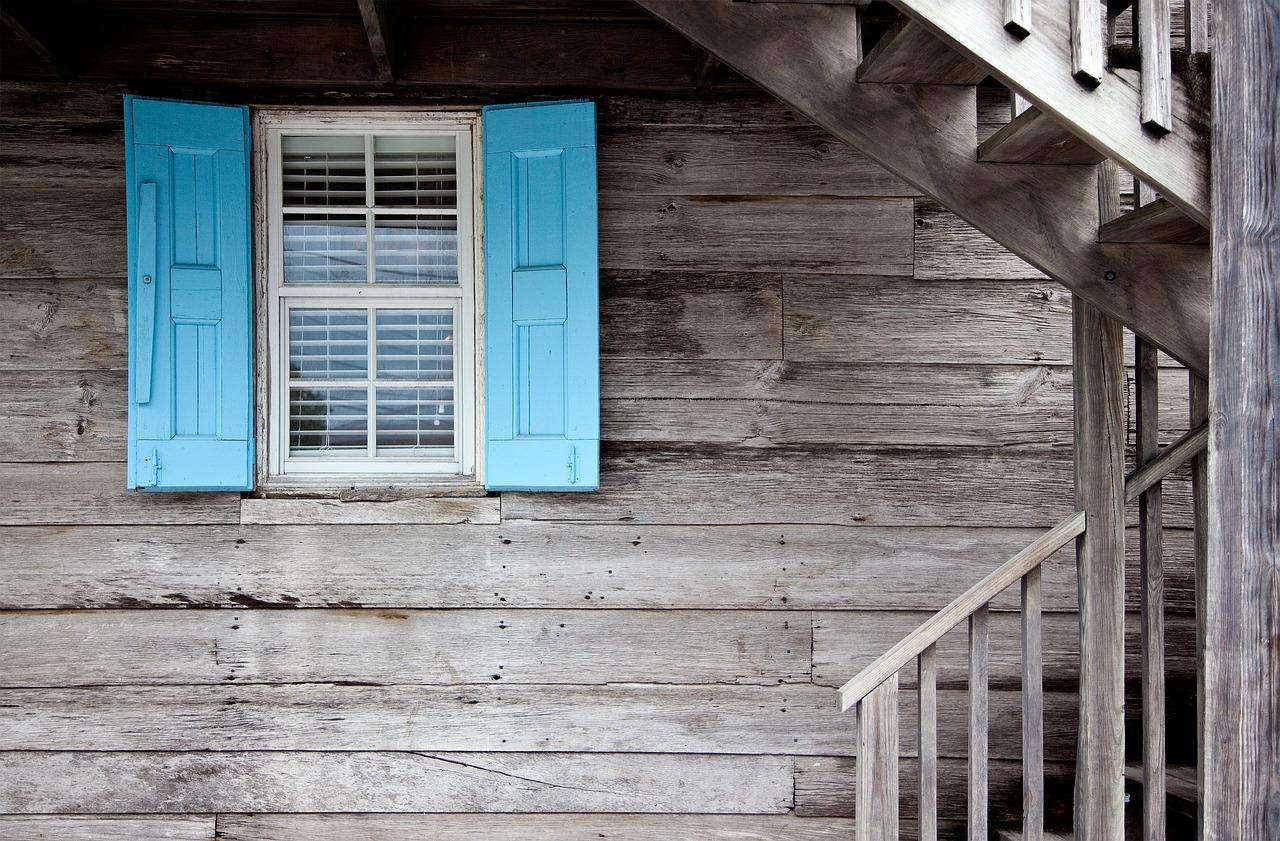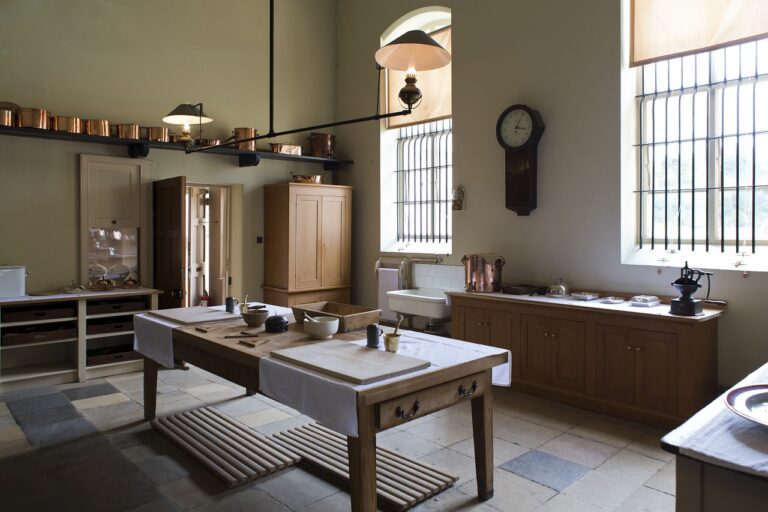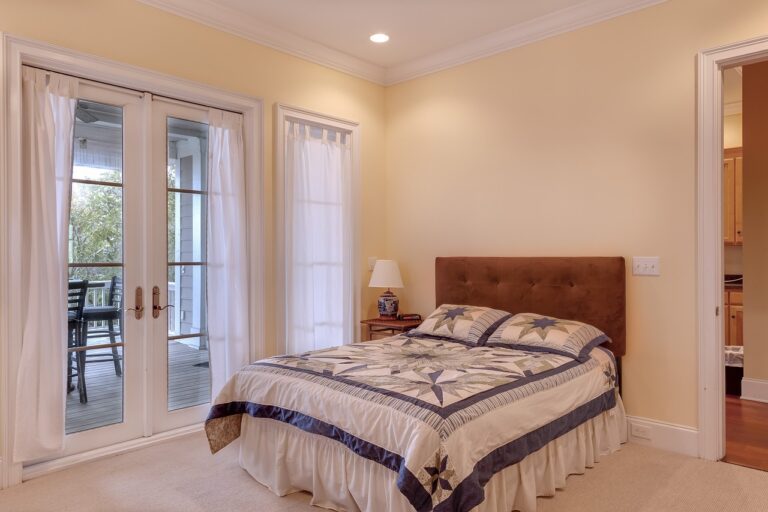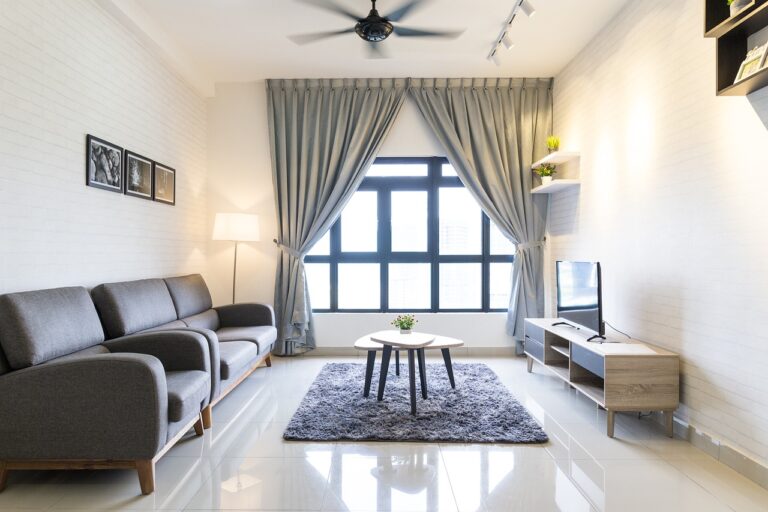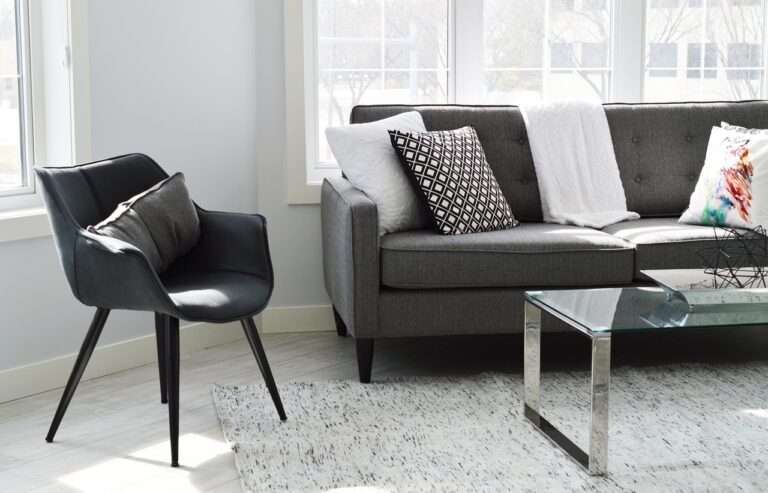How to Design a Serene Meditation Room at Home: Finding Peace and Quiet Amidst Chaos
Creating a meditation space in your home can provide a peaceful sanctuary for relaxation and reflection. When designing this space, consider selecting a quiet area free from distractions. This could be a spare room, a cozy corner in your bedroom, or even a spot in your backyard.
Choose furniture and decor that promote comfort and tranquility. Opt for plush cushions, soft blankets, and perhaps a small table for essential items like candles or incense. Incorporating elements such as plants, crystals, or inspiring artwork can also enhance the serenity of the space, allowing you to fully immerse yourself in your meditation practice.
Selecting a Calming Color Scheme
When choosing a calming color scheme for your meditation space, it’s important to consider hues that promote relaxation and tranquility. Soft blues and greens are commonly associated with feelings of serenity and peace, making them ideal choices for creating a calming atmosphere. These colors can help to soothe the mind and create a sense of calm within the space.
In addition to blues and greens, earth tones such as soft browns, warm tans, and gentle grays can also contribute to a calming color palette. These natural hues bring a sense of grounding and connection to the outdoors, helping to create a harmonious environment for meditation and reflection. By incorporating these calming colors into your meditation space, you can enhance your practice and create a peaceful oasis for quiet contemplation.
Soft blues and greens are commonly associated with feelings of serenity and peace
Earth tones such as soft browns, warm tans, and gentle grays can contribute to a calming color palette
Natural hues bring a sense of grounding and connection to the outdoors
Incorporating calming colors into your meditation space can enhance your practice
Incorporating Natural Elements
Adding natural elements to your meditation space can greatly enhance the ambiance and promote a sense of tranquility. Consider incorporating indoor plants such as peace lilies, bamboo, or succulents to bring a touch of nature indoors. These plants not only purify the air but also create a soothing and refreshing atmosphere for your meditation practice.
In addition to plants, incorporating natural materials like wood, stone, and water features can further connect you with the outdoors and foster a sense of grounding. Opt for wooden furniture or decor pieces to add warmth and earthiness to the space. You can also introduce elements of water, such as a small tabletop fountain or a bowl of water with floating candles, to symbolize flow and purification within your meditation area.
How can I design a meditation space in my home?
To design a meditation space in your home, choose a quiet and peaceful area free from distractions. Add comfortable seating such as cushions or a meditation chair, incorporate natural elements like plants or a water feature, and personalize the space with items that bring you a sense of calm and serenity.
What are some calming color schemes to consider for a meditation space?
Calming color schemes for a meditation space may include soft blues, greens, and earth tones. These colors are often associated with relaxation and tranquility, creating a peaceful atmosphere conducive to meditation and mindfulness practices.
How can I incorporate natural elements into my meditation space?
Incorporating natural elements into your meditation space can help create a connection to the outdoors and promote a sense of peace and harmony. Consider adding plants, stones, wood accents, or a small indoor fountain to bring elements of nature into your space. These natural elements can help create a calming environment that enhances your meditation practice.

